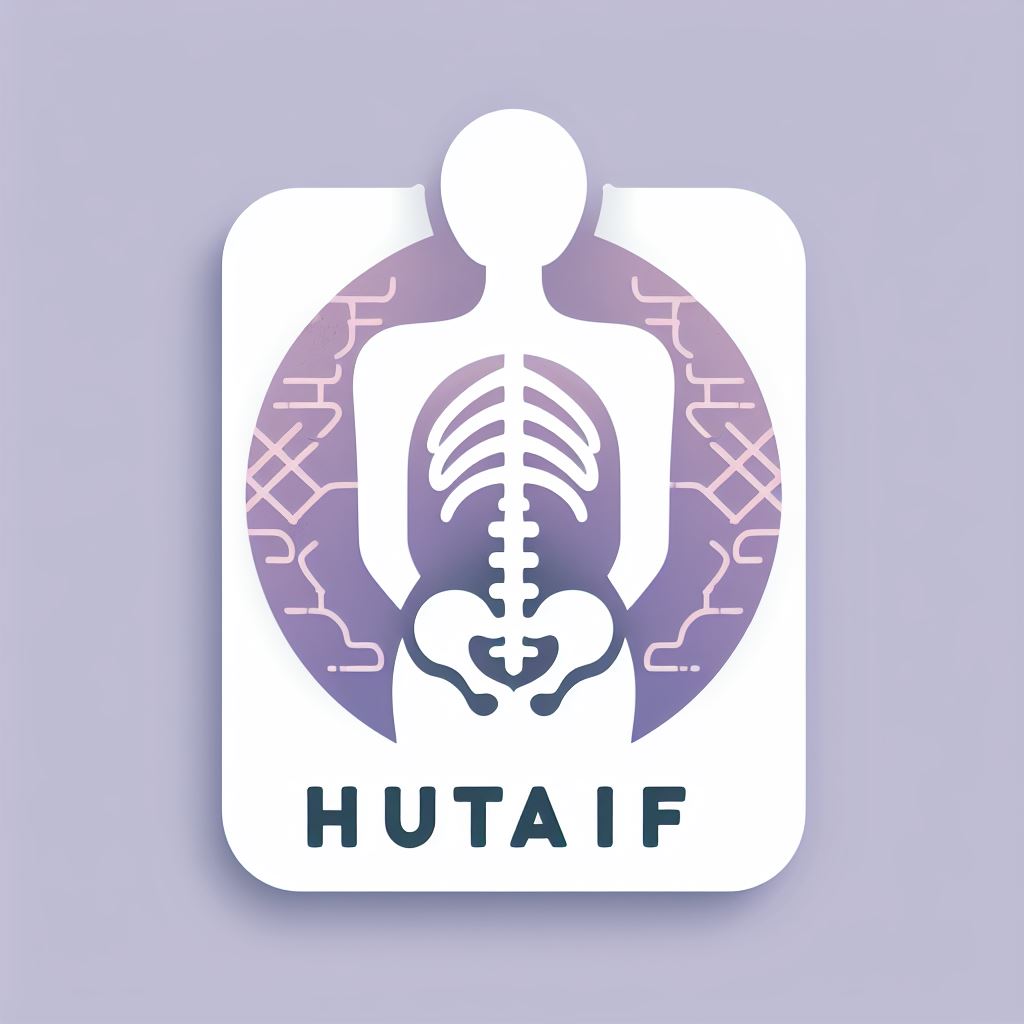Posteromedial Approach to the Ankle
Posteromedial Approach to the Ankle
The posteromedial approach to the ankle joint is routinely used for exploring the soft tissues that run around the back of the medial malleolus. This approach is used for the release of soft tissue around the medial malleolus in the treatment of clubfoot.4
The approach can also be used to allow access to the posterior malleolus of the ankle joint, but gives limited exposure of the fracture site and is technically demanding. For this reason, reduction and fixation of posterior malleolar fractures is usually achieved by indirect techniques.
Position of the Patient
Either of two positions is available for this approach. First, place the patient supine on the operating table. Flex the hip and knee, and place the lateral side of the affected ankle on the anterior surface of the opposite knee. This position will achieve full external rotation of the hip, permitting better exposure of the medial structures of the ankle (Fig. 12-18). Alternatively, place the patient in the lateral position with the affected leg nearest the table. Flex the knee of the opposite limb to get its ankle out of the way.
Figure 12-18 Place the patient supine on the operating table with the knee and the hip flexed to expose the medial structures of the ankle.
Exsanguinate the limb by elevating it for 3 to 5 minutes or applying a soft rubber bandage; then inflate a tourniquet.
Landmarks and Incision
Landmarks
The medial malleolus is the bulbous, distal, subcutaneous end of the tibia.
Palpate the Achilles tendon just above the calcaneus.
Incision
Superficial Surgical Dissection
Deepen the incision in line with the skin incision to enter the fat that lies between the Achilles tendon and those structures that pass around the back of the medial malleolus. If the Achilles tendon must be lengthened, identify it in the posterior flap of the wound and perform the lengthening now. Identify a fascial plane in the anterior flap that covers the remaining flexor tendons. Incise the fascia longitudinally, well away from the back of the medial malleolus (Figs. 12-20 and 12-21).
Deep Surgical Dissection
There are three different ways to approach the back of the ankle joint.
First, identify the flexor hallucis longus, the only muscle that still has muscle fibers at this level (see Fig. 12-21).
At its lateral border, develop a plane between it and the peroneal tendons, which lie just lateral to it (Fig. 12-22). Deepen this plane to expose the posterior aspect of the ankle joint by retracting the flexor hallucis longus medially (Fig. 12-23).
Second, identify the flexor hallucis longus and continue the dissection anteriorly toward the back of the medial malleolus. Preserve the neurovascular bundle by mobilizing it gently and retracting it and the flexor hallucis longus laterally to develop a plane between the bundle and the tendon of the flexor digitorum longus. This approach brings one onto the posterior aspect of the ankle joint rather more medially than does the first approach.
Figure 12-19 Make an 8- to 10-cm longitudinal incision roughly between the medial malleolus and the Achilles tendon.
Third, when all the tendons that run around the back of the medial malleolus (the tibialis posterior, flexor digitorum longus, and flexor hallucis longus) must be lengthened, the back of the ankle can be approached directly, because the posterior coverings of the tendons must be divided during the lengthening procedure.
For all three methods, complete the approach by incising the joint capsule either longitudinally or transversely.
Dang
The posterior tibial artery and the tibial nerve (the posterior neurovascular bundle) are vulnerable during the approach. Take care not to apply forceful retraction to the nerve, as this may lead to a neurapraxia. Note that the tibial nerve is surprisingly large in young children and that the tendon of the flexor digitorum longus muscle is extremely small. Take care to identify positively all structures in the area before dividing any muscle tendons (see Figs. 12-54 and 12-55).
How to Enlarge the Approach
Extensile Measures
Extend the incision distally by curving it across the medial border of the ankle, ending over the talonavicular joint. This extension exposes both the talonavicular joint and the master knot of Henry. As is true for all long, curved incisions around the ankle, skin necrosis can result if the skin flaps are not cut thickly or if forcible retraction is applied.
Figure 12-20 Incise the deep fascia in line with the skin incision.
Figure 12-21 Retract the Achilles tendon and the retrotendinous fat laterally, exposing the fascia of the deeper flexor compartment. Open the compartment, and identify the muscle fibers of the flexor hallucis longus.
Figure 12-22 Identify the posterior tibial artery and tibial nerve. Then, incise the fibro-osseous tunnel over the flexor hallucis longus tendon and the other medial tendons so that the structures can be mobilized and retracted medially.
Figure 12-23 Retract the posterior structures medially, exposing the posterior portion of the ankle joint.


